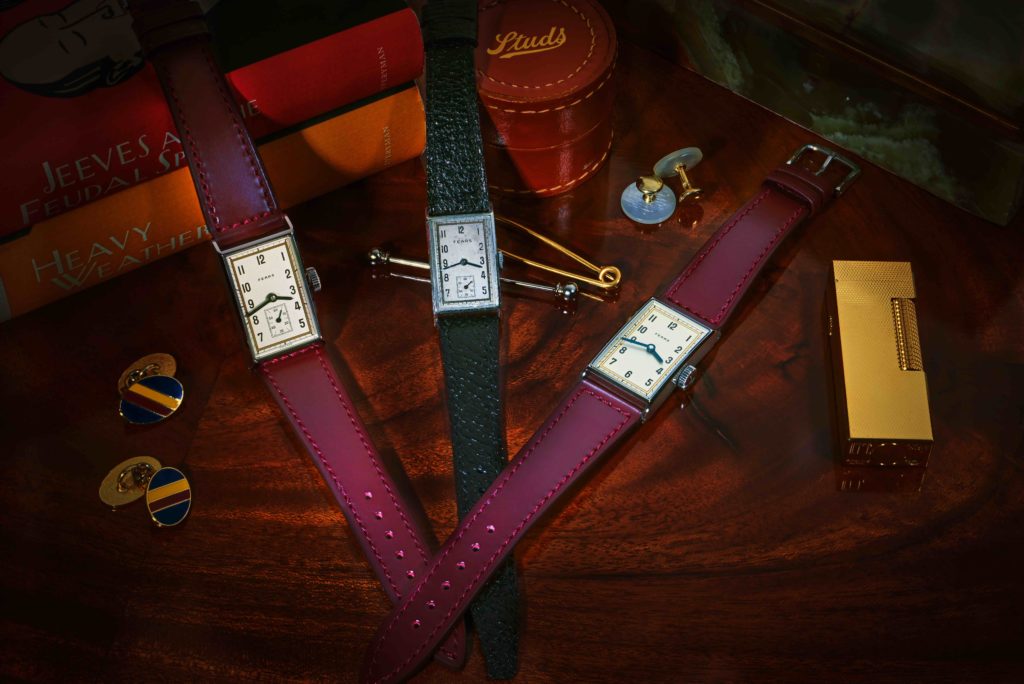Airain, Smiths, Nivada, Ollech & Wajs, Alsta, Vertex, Tornek-Rayville and Fears. What do these watch brands have in common, beyond the fact that they are aimed at the niche of the true enthusiast?
Well, they are all lost watch brands that have recently been revived by a new generation of entrepreneurs.
Text: Thomas van Straaten
Sometimes it seems like every month a watch brand rises from its -many of them caused by the quartz crisis in the 1970s- death. So time to investigate why there is so much interest in this kind of revival brands.
The golden period
Without wishing to detract from the achievements of modern watch brands, it is fair to say that the 1940-1980 era was the golden age of the wristwatch. First of all, bear in mind that wearing a watch only became common since the early 20th century. The two world wars accelerated the development of the wristwatch from fragile luxury item to solid piece of indispensable tool. This ensured that the wristwatch was a thoroughly developed product by the end of WWII.
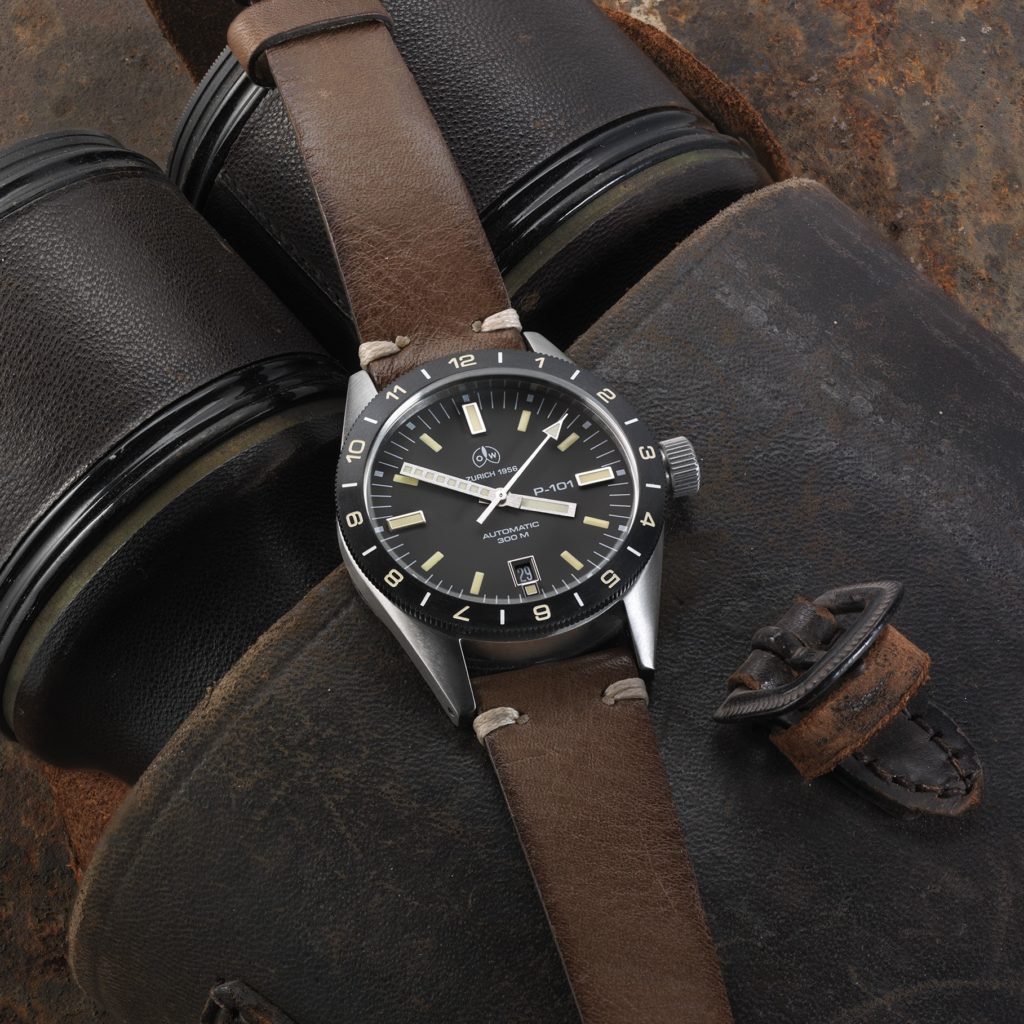 In the decades that followed, just about all the watches now considered legendary were introduced. Each niche got its own specialised models. From the Blancpain Fifty Fathoms and Rolex Submariner for divers, to the Breitling Navitimer and IWC MK series for pilots. From the Omega Speedmaster and Heuer Autavia for speedsters, to the Rolex Day-Date for the success-happy. And when the quartz crisis (massive influx of cheap battery-powered watches from Asia) seemed to put a brutal end to Swiss rule, the Audemars Piguet Royal Oak, Vacheron Constantin ref. 222 and Patek Philippe Nautilus appeared to shine a light on an escape route, in the form of a focus on luxury and craftsmanship.
In the decades that followed, just about all the watches now considered legendary were introduced. Each niche got its own specialised models. From the Blancpain Fifty Fathoms and Rolex Submariner for divers, to the Breitling Navitimer and IWC MK series for pilots. From the Omega Speedmaster and Heuer Autavia for speedsters, to the Rolex Day-Date for the success-happy. And when the quartz crisis (massive influx of cheap battery-powered watches from Asia) seemed to put a brutal end to Swiss rule, the Audemars Piguet Royal Oak, Vacheron Constantin ref. 222 and Patek Philippe Nautilus appeared to shine a light on an escape route, in the form of a focus on luxury and craftsmanship.
All these watches saw the light of day before 1980. More importantly, the design language these watches leaned on seemed to be a finished process by then. The brands delivered an endless array of case shapes, dials, indexes, hands, bezels and bands during the golden period. Some more functional than others. The next again more beautiful than its predecessor. But by the late 1970s, the unique new shapes seemed to have pretty much run out. New watches increasingly became variations on already existing themes, rather than radical new concepts. Materials and techniques were definitely still being developed, but the aesthetics seemed to be established in previous decades.
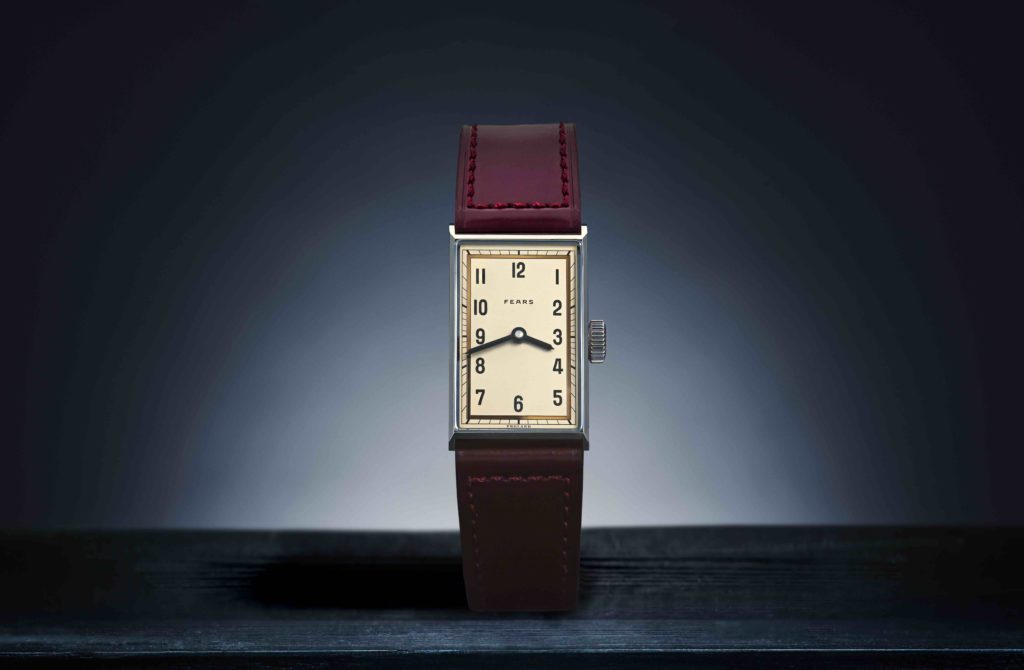 Take a critical look around an average jewellery shop or the watch department of a department store. The vast majority of fashion watches you see there are directly or indirectly derived from one or more designs from the golden era. Of course, we are not saying that nothing original has ever been done again, but the foundation, ground floor and first floor of watch design were overwhelmingly built in the golden period. It is not for nothing, then, that the leading brands hardly modify their new watches aesthetically when they have their roots in the golden period.
Take a critical look around an average jewellery shop or the watch department of a department store. The vast majority of fashion watches you see there are directly or indirectly derived from one or more designs from the golden era. Of course, we are not saying that nothing original has ever been done again, but the foundation, ground floor and first floor of watch design were overwhelmingly built in the golden period. It is not for nothing, then, that the leading brands hardly modify their new watches aesthetically when they have their roots in the golden period.
So if you want to design a really attractive watch, you quickly end up with design elements of old watches. As a new brand, you can then create a throw-back approach, with retro-inspired designs. But you don't always get away with that with discerning watch consumers. After all, they not only love the look of watches from the golden era, but also the accompanying stories and myths.
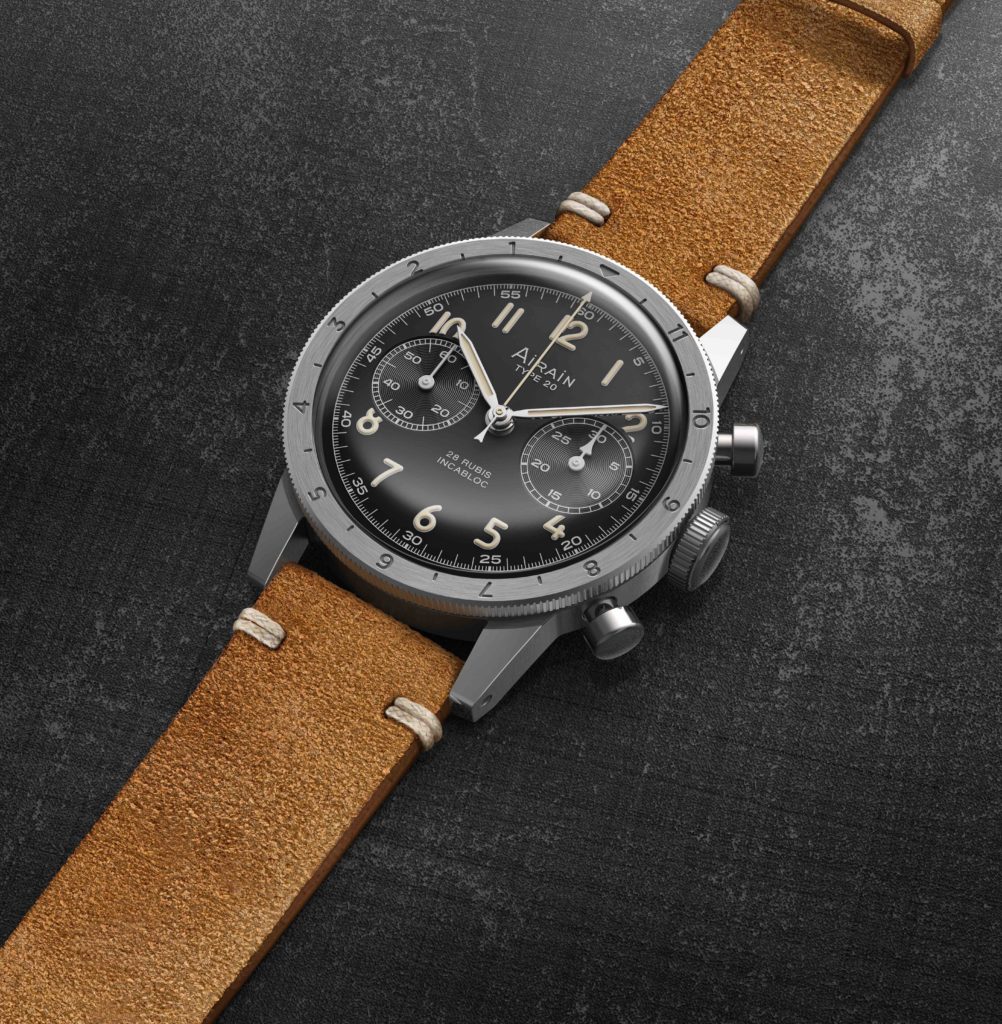 The story matters
The story matters
You choose a watch with your gut. However fanatical enthusiasts can gab about specifications and value-for-money, at the end of the day, a watch has to make you feel special. And that goes beyond the physical object. The brand has to connect to your values and feelings. The story has to appeal to you. Only then will you get that magical appeal. "I can't explain it, but I must have this watch!"
Watch brands with a long history of existence gratefully jump on this with their rich histories and associated milestones and stories. And we watch lovers, we love it! We love nothing more than explaining to our friends in the pub how our watch is the latest version of the first watch that ever... Fill in the blank. We've all done it.
Historical context is so important in the myth-making surrounding watches that new brands do everything they can to cloak themselves in similar folklore. If there is an old trademark right to be bought somewhere on which a nice story can be hung, it is eagerly used. Sometimes it is very far-fetched or downright mendacious. But usually it is with a great sense of history and passion for its own story.
History for the taking
The tumultuous history of the wristwatch has many brands that rose to great heights, only to go under later. The quartz crisis mooted earlier, for instance, has brought an untimely death to many iconic brands. Sometimes brands that had fantastic innovations to their name. Brands that have been of historical importance. Brands that are actually very worthwhile.
Brands, in short, that you as an enterprising enthusiast can do something new with, which is immediately provided with a history and relevance.
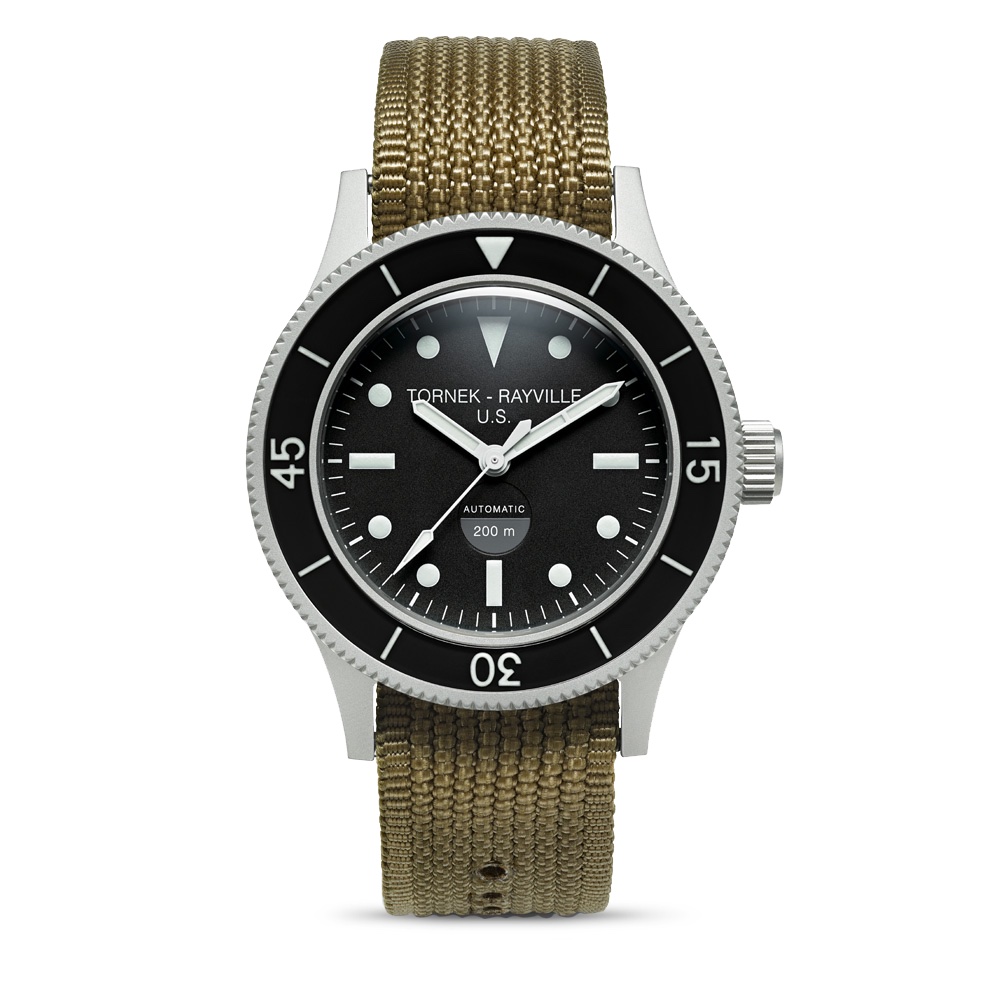 Driven by passion
Driven by passion
If the above gives the impression that it is only about the marketing value of a historic name, we are selling these brands short. Indeed, the great thing about these often small companies is that the passion for the product shines through. The founders are often enthusiasts and collectors with a great understanding of, and respect for, the brand they are reviving. As a result, they often excel in enthusiasm, communication and service, in stark contrast to the often rigid and 'corporate' feel of big brands.
A faithful reproduction or new twist
Of course, we cannot lump all revival brands together. There are big differences in philosophy, approach and quality. Brands like Vertex, Nivada and Airain work, for example, with great care to reproduce the old product catalogue as faithfully as possible. These are watches that may be technically modern, but visually barely distinguishable from a vintage specimen.
A brand like Ollech & Wajs takes a very different approach. They make modern watches, with new designs that lean heavily on their historical predecessors. So where one brand attempts to revive history, the other focuses on its continuation.
A different target group than big brands
What most revival brands share is a strong focus on watch enthusiasts. The brands they bring back have mostly never been very well known and/or forgotten by the general public. On top of that, a modern startup in the watch world is not likely to focus on an extensive dealer network with mainstreet-presence, but rather for a online-only approach. Taken together, this makes them have to focus on that small group of hardcore fans, rather than the masses.
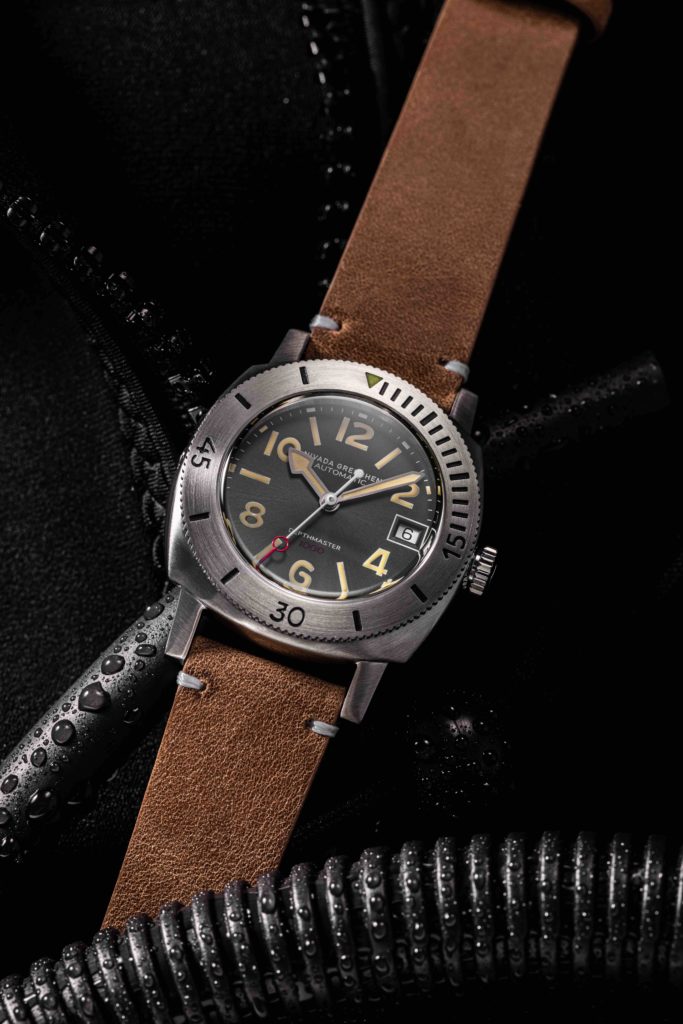 This has a positive side effect on the product itself. This is because these revival brands can completely surrender to the wishes of true enthusiasts. You can see this very clearly in sizing, for example. If a vintage chronograph had a 38mm case, the revival version can keep that same nice, subtle size. Big brands are often forced to look at sales data from the general public and conform to the taste of the masses. This is why you often see a vintage-inspired model from a major brand suddenly being half an inch larger than the original. This simply leads to more sales with a wider audience, but is often an eyesore for the enthusiast.
This has a positive side effect on the product itself. This is because these revival brands can completely surrender to the wishes of true enthusiasts. You can see this very clearly in sizing, for example. If a vintage chronograph had a 38mm case, the revival version can keep that same nice, subtle size. Big brands are often forced to look at sales data from the general public and conform to the taste of the masses. This is why you often see a vintage-inspired model from a major brand suddenly being half an inch larger than the original. This simply leads to more sales with a wider audience, but is often an eyesore for the enthusiast.
A corner to keep an eye on
While obviously not every revival brand proves equally interesting, this is an angle to keep a close eye on. This is because they are often dynamic, nimble companies that have a very keen sense of what is going on among true enthusiasts. This makes them a growing influence on the wider watch world and fashion. To bring up the example of sizing again; you see major brands moving towards smaller models, prompted by increasingly popular vintage and revival watches.
In addition, the smaller brands often offer an original and unique alternative to the watches you see all the time and everywhere. If you see someone walking with a Nivada Chronomaster on their wrist, you will see an original, quirky choice. Probably an enthusiast who wears the watch more for himself than for the outside world. And whichever way you look at it, that's just really cool.



